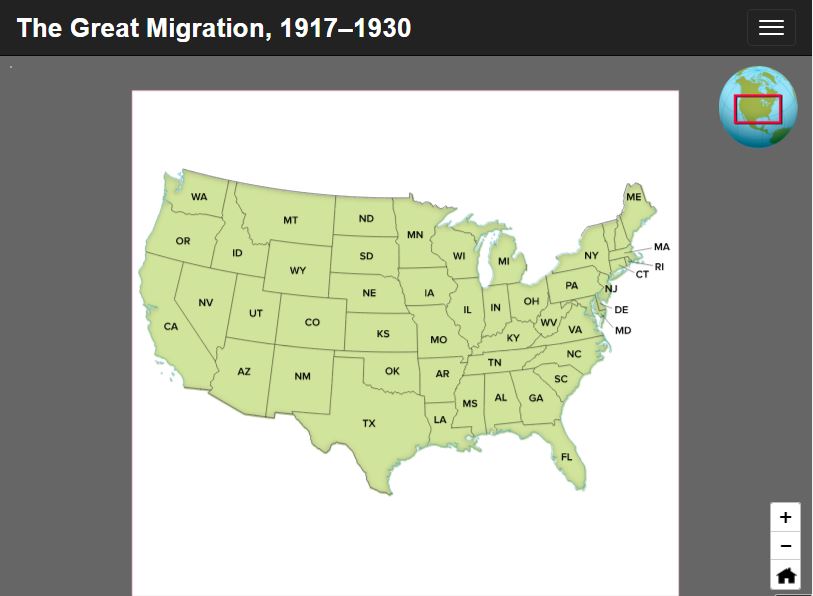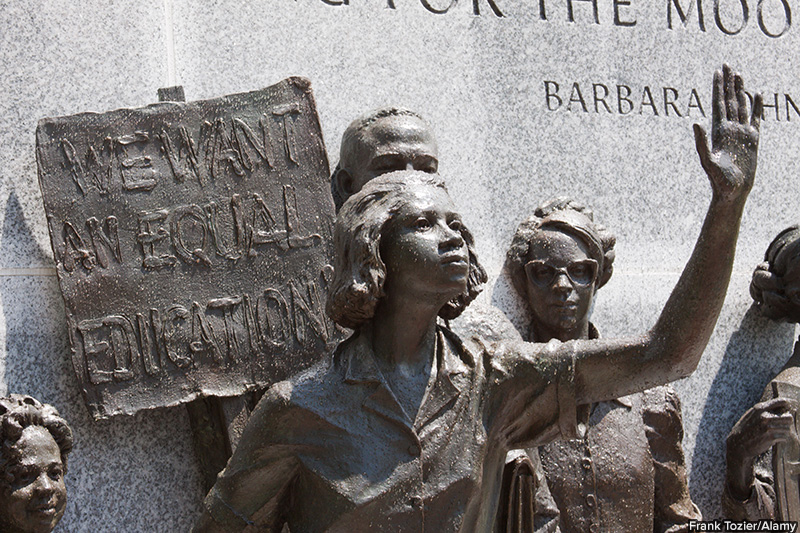Black History is American History
For the first time in history, more than half of children born in America (according to the 2012 US Census Bureau) are minorities. As the “collective minority” becomes the majority, we will surely see a shift in how we view our history.
The History of “Black History”

Click to learn more about McGraw-Hill Education’s coverage of African American history in the networks title United States History and Geography Modern Times.
Carter Woodson was a black historian who earned an undergraduate and masters degree at the University of Chicago and a PhD from Harvard in the early 1900s. While teaching in the public school system and later as a college professor, Woodson noticed the lack of African-American contributions in history books. Partnering with community leader and minister Jesse Moorland, the two founded an organization called the Association for the Study of African American Life and History in 1915. What started as Black History Week in 1926, expanded into black history month, celebrated each year in February to commemorate the birthdays of President Abraham Lincoln writer and activist Fredrick Douglas. By 1976, President Gerald Ford declared it a national observance.
Beyond Slavery and Biographies
While highlighting the great achievements each year of significant African Americans each year is nice, many believe that more can be done. Way more. Even the topics typically covered, such as slavery and the civil rights movement, could include greater depth. The American experience has been greatly influenced by the contributions of many minorities that should be recognized all-year-round.
Significant People or Moments in Black History You May Not Know About
- Crispus Attucks In 1770, this mixed-race black and Native American man (who may or may not have been a runaway slave) was shot and killed during the Boston Massacre, becoming the first casualty of the American Revolution. Black abolitionists remembered him with a holiday in 1858 and a statue of his likeness was erected in the Boston Common.
- The Great Migration Between 1916 and 1970, more than 6 million African Americans living in the rural American South moved in all directions throughout the United States. Fleeing harsh segregation laws and poor economic conditions, many traveled by bus or train to places like Chicago, New York and Detroit. Their presence in these cities had an enormous impact upon urban life.

Click on the map to see the path of the African American Great Migration. Credit: McGraw-Hill Education
- Harlem Renaissance One of the most significant cultural impacts of the Great Migration was the Harlem Renaissance, which spanned the 1920s, until the stock market crash of 1929 ushered in the Great Depression. More than 200,000 African Americans settled in the formerly white New York City neighborhood called Harlem. The area soon became a hub for expression and fostered some of our most celebrated artists, intellectuals, musicians and writers such as Langston Hughes, Ella Fitzgerald and Zora Neale Hurston.
- Henrietta Lax In the 1950s, this poor African-American woman was treated for late-stage cervical cancer at Johns Hopkins hospital. Those cancer cells, known later as HeLa (for her initials) became the first “immortal” (meaning they have continued to reproduce themselves again and again without dying). They have been used in many significant breakthroughs in scientific research, including the polio vaccine.

